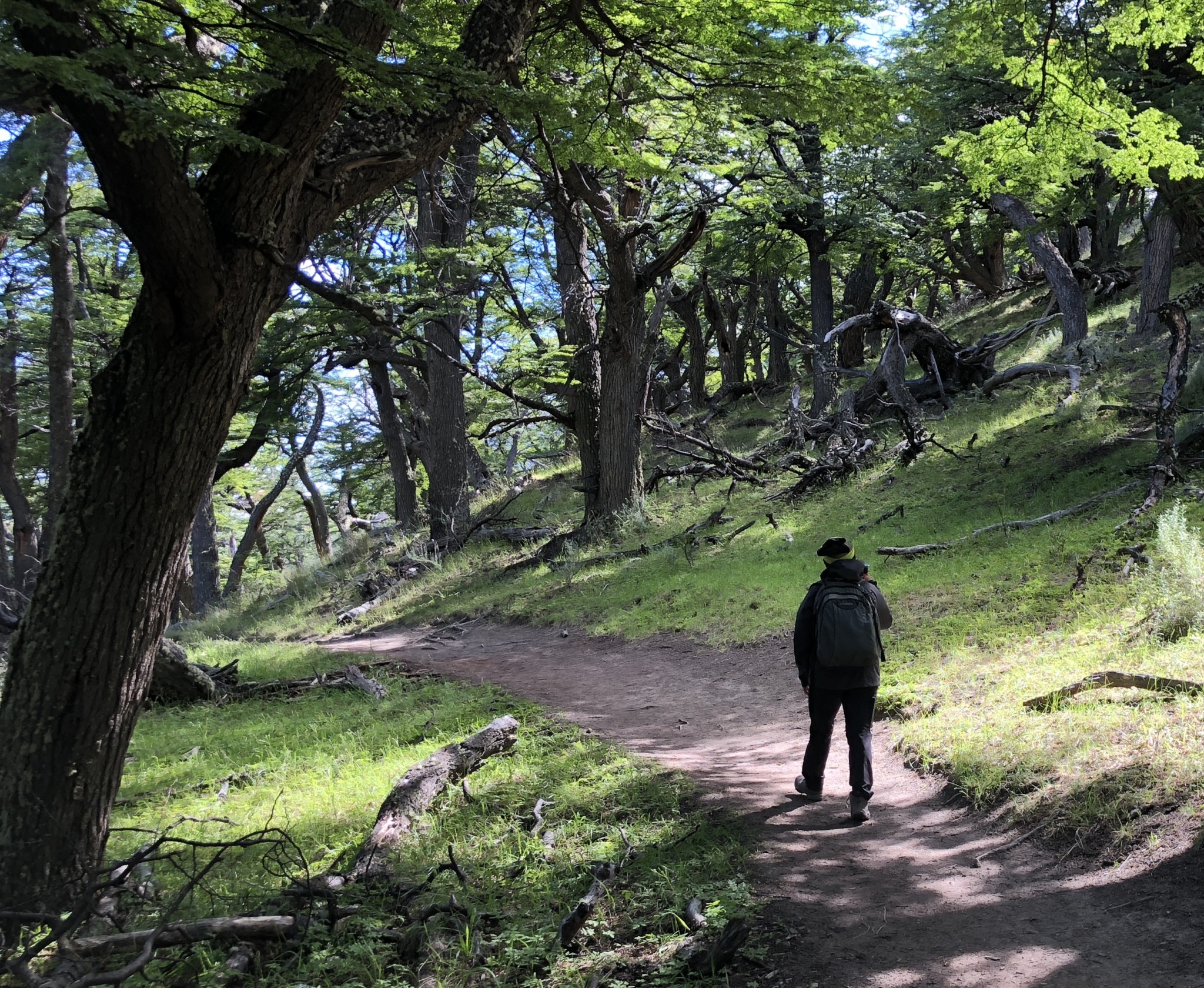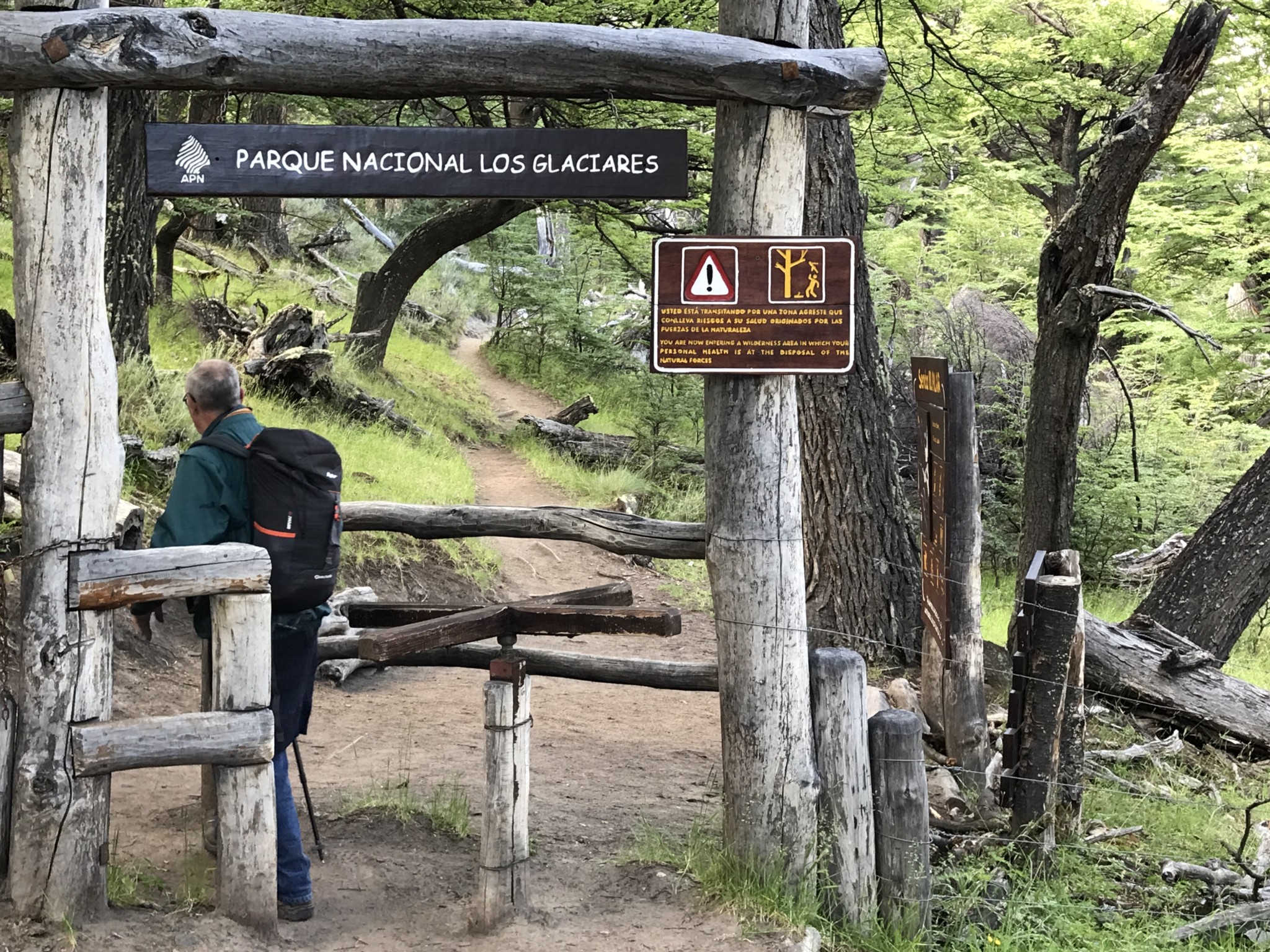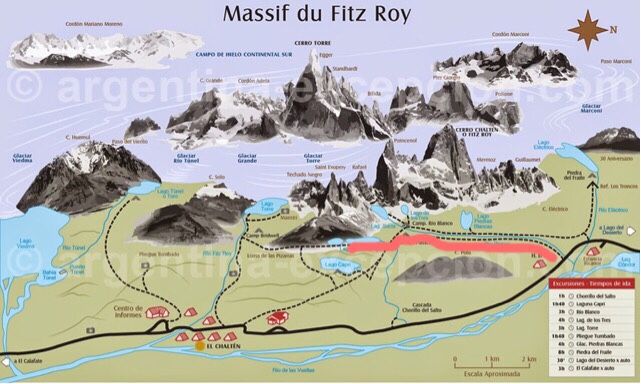(文章來源魅麗雜誌漣漪人專欄)
工作與生活如何平衡(Work-life balance)是很多職業女性關注的焦點,而男人也開始越來越關心這個話題,我服務的許多跨國企業也很重視它。從個人的角度來看,平衡(balance)是一種以時間為衡量單位的方法,讓我們能夠顧及生活角色的各個層面。然而時間是有限資源,一個領域得到多一些,代表另一個領域須犧牲,所以時時刻刻都處於零和遊戲中。
整合(Integration)則是一種把人生的各個角色,和諧地串聯起來,是一種非零和遊戲的做法。我認為只談平衡是不夠的,更透徹的做法是如何將工作和生活的融合。從我親身的教練個案,很多人談平衡,但真正有勇氣追尋融合是極少數,如果這個階段你只能夠做到平衡,也別氣餒,這已經是一個很好的開始。
尋求整合而非撕裂
當我開始創業,經營自己的教練服務,同時間也做了許多新嘗試,創造不同的可能,例如,我創作了漣漪卡,也寫了《漣漪詞》這本書,因為漣漪卡背後有一套個人成長的深入旅程,很多人不知道背後的意思,所以我透過寫書的方式,與漣漪卡的使用者能直接接觸,這是企業與消費者(B to C)的通路模式。而教練服務的工作都是跟跨國企業合作,是企業與企業(B to B)模式。
國際企業高階主管的需求都是提升績效,以領導力、個人效力、管理能力為主。我很努力地把兩個面向區隔開來,做企業教練時,會非常小心地避免談到生活,也不會引用漣漪卡、《漣漪詞》。我也經營「更快樂體驗營」;這是來自我在台東都蘭生活的啟發,希望在都蘭創造更多有意義的工作機會。「更快樂體驗營」推廣的是結合生活態度、社會責任,以及對大自然環境的友善保護。我過去很刻意把這一塊跟其他工作隔絕起來。我還有另一個身分是「非零餐廳」經營者,希望用這個餐廳嘗試創造讓年輕人有一個正向的工作環境。我和夥伴朱平先生創立了「漣漪人基金會」,幫助有心人創業,讓他們創造自己的生活與事業。
除了事業經營的不同面向,我也擁有每個人都有的身分:我是一個女兒,父母在馬來西亞;我是我愛人的伴侶;我同時是很多人的教練;也是台東這個社區的一分子。太多東西將我撕裂在不同的領域,此刻「平衡」已經無法解決不同角色的要求,因為一天就只有二十四小時的時間,當我們必須扮演那麼多角色與身分,卻沒有很好的結合時,就會產生一種撕裂的感覺。當我把每塊分隔清楚,反而形成了資源鬥爭,這資源,指的就是時間。
於是我發現用「整合」的方式可以帶來更多嶄新的可能性。整合,讓我看到每個身分其實有很多共同點。例如,餐廳提倡的理念與都蘭生活有很大的關係;我在都蘭跟土地的相處,同時幫助我強化了經營餐廳的理念。在都蘭時,我是個業餘有機農夫,更能理解小農面對的挑戰及跟大自然相處的重要。
以全面和整合的方式來經營人生,除了讓我活得更自在,也幫助我更有效地做教練的工作。我以前只關注客戶在工作上的角色,不關心他在生活上的角色。然而他可能正需要漣漪卡、《漣漪詞》和「更快樂體驗營」所提供的放空,以及深入認識自己的機會,了解到注重自我身心健康是一切事物的先決條件。如果想真正對別人產生幫助,我必須用一種全面的(Holistic)角度先整合自己的生活;當我們最基本的價值觀、最基本的角色,能很和諧地融合在一起,我們對真實的自己才能感到自在。整合的過程有很多不確定性,就像是一個旅行,一步步邁上自己想像的生活。所以,這正是我決定寫專欄的原因,把自我實踐的整合過程和大家分享。
剛收到我很喜愛的一位客戶MC的離職信,寫得很真實,非常感人。他過去五年是美國財富雜誌五百大公司的大中國區總經理。謝謝他許可我把這封信分享給《魅麗》讀者。不管是男性或女性,我們都有這種「把生活中所有重要組成部分融為一體」的欲望。差別是有沒有勇氣踏上這條探險的旅途。
也許大家還記得,我的個人夢想是「瞭解、發現併發掘自己內在無限的潛能,並幫助別人達到這一點」。 現在,相信各位都知道我已經決定辭去公司的職務,提前退休,全身心去追尋我的這個夢想。我知道這是一個異常的舉動,在此讓我盡力向大家解釋吧。 過去二十多年的職業生涯,我在兩家公司和八個國家追尋我的夢想。這個旅程充滿了喜悅,收獲了成功,更重要的是,我學習到的東西比我能想象的更多。
十二年前,我成為了一名父親,我開始意識到,「無限的潛能」並不侷限於工作,我需要「想辦法」把我生活的所有重要組成部分融為一體:我的工作、我自己、我的家庭還有我的個人興趣。在過去幾年中,我有一種越來越強烈的欲望要在這些方面找到一種和諧。我熱愛我的工作,我愛這家公司。然而,工作消耗了我太多的精力,再沒有精力去做「其它」對我來說很重要的事情。所以,現在,我決定簡化我的生活,把我的精力更集中在「其它」事情上。 我知道這對大家來說可能有點震驚、很難理解,因為這是一個不常見的舉動。然而,這就是我的選擇,這就是我想做的事情。
事實上,這甚至不是一個選擇。我清楚知道這是我心裡想做,而且一定會付之行動的事情。過去十多年我一直渴望做這件事,可是一直都沒有足夠的勇氣。如今終於作了這個決定,我感到非常興奮和高興。 現在,最大的問題是,我雖知道自己將要做甚麼,可是完全沒有概念應該如何定義或解釋這個決定。「年輕退休」可能是最貼切的描述。
我是一個精力充沛的人,知道自己決不會「什麼都不做」。可是,目前在沒有找到「其它」讓我全身心投入的事情前,「什麼都不做」就是我想做的。未來要做什麼,暫且先放一放。如果有一天我又投入職場,可能會選擇一些能和我個人興趣緊密相連的工作,我可能不會選傳統的企業工作,可是,未來的事情,誰能說得準?這是在我目前所處的人生階段中一個正確的決定。同時請大家記住,每個人的人生旅途都是獨特的,有的人的確可以做到工作的同時釋放自己無限的潛能,因此這並不意味著其他人也要像我這樣做才能實現他們的夢想。
你目前採用何種模式來達到工作和生活的平衡?
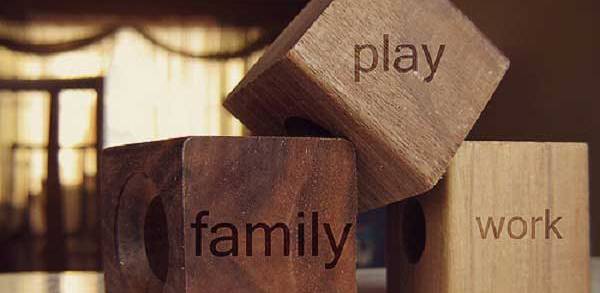
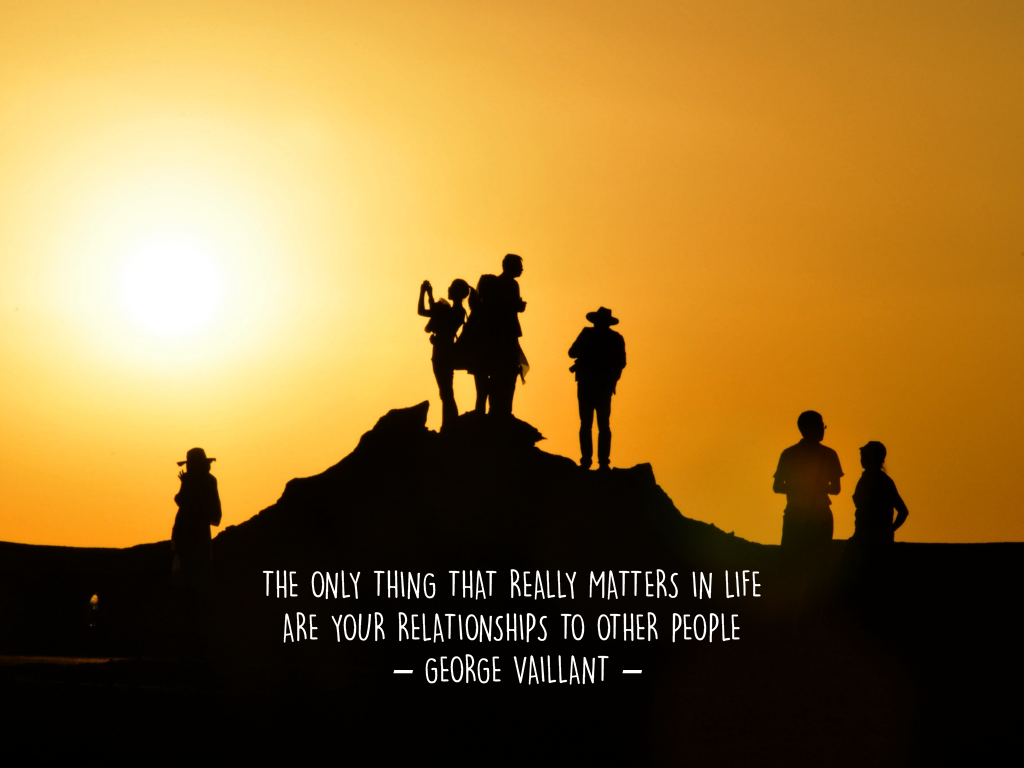
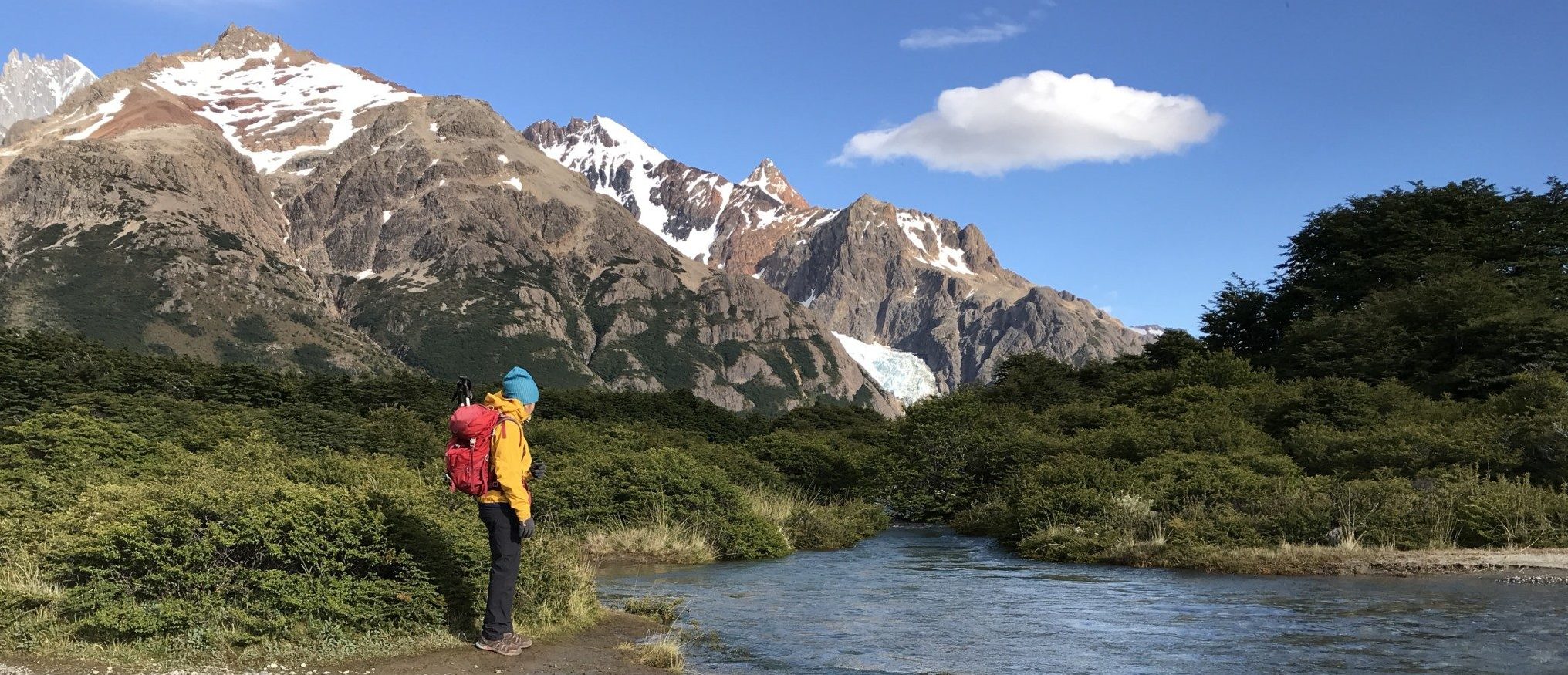
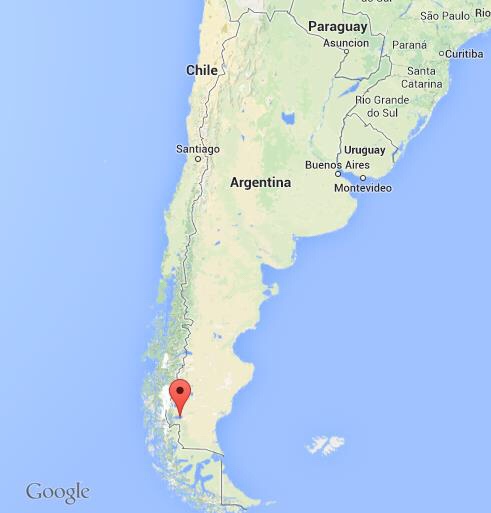
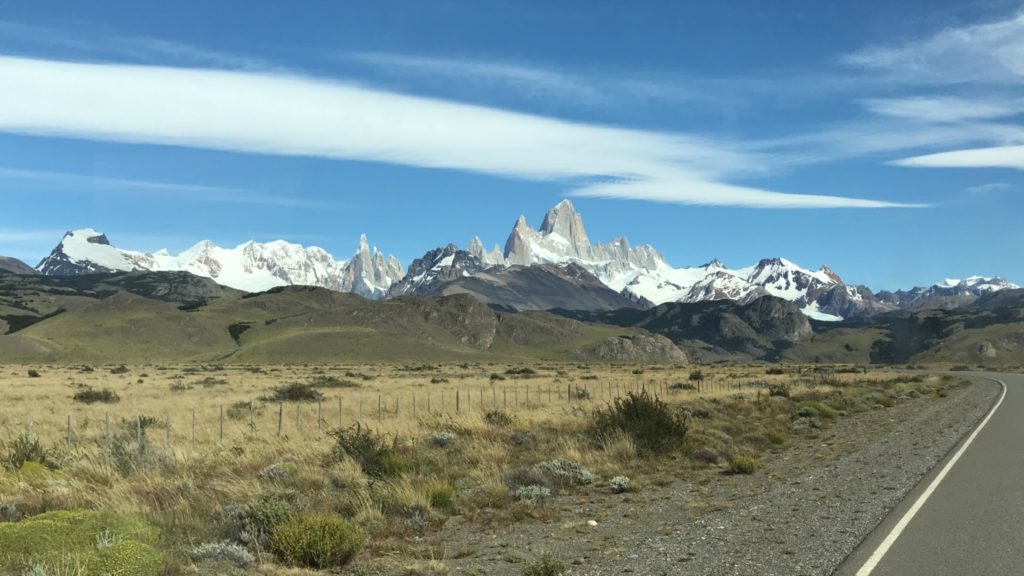
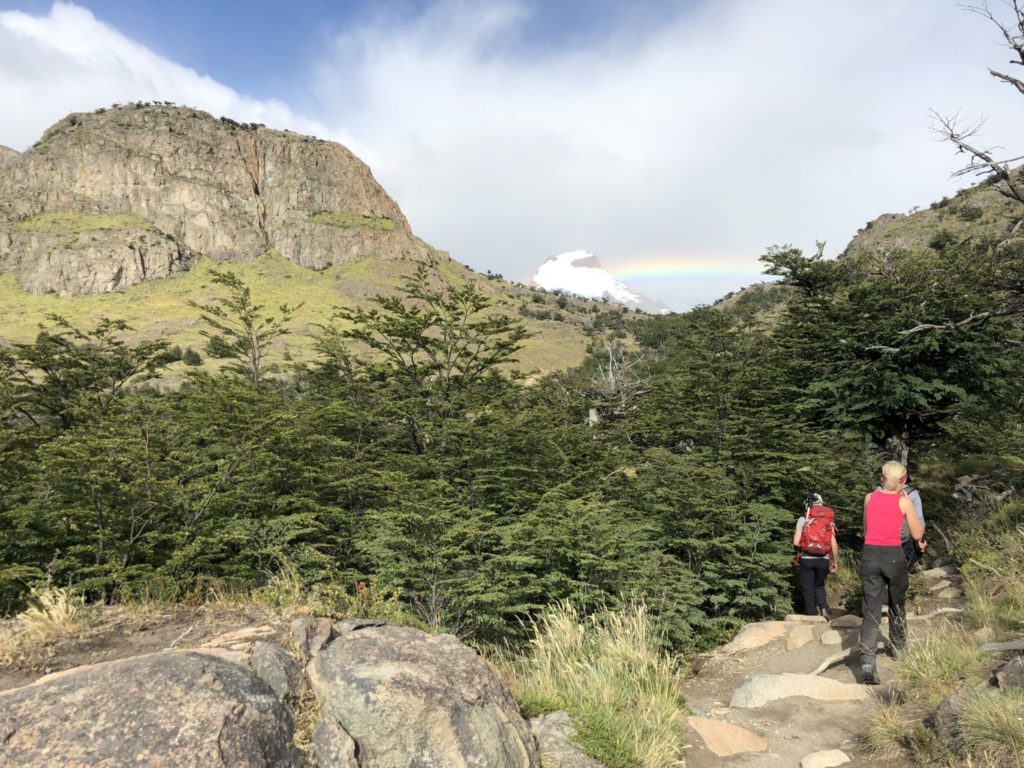
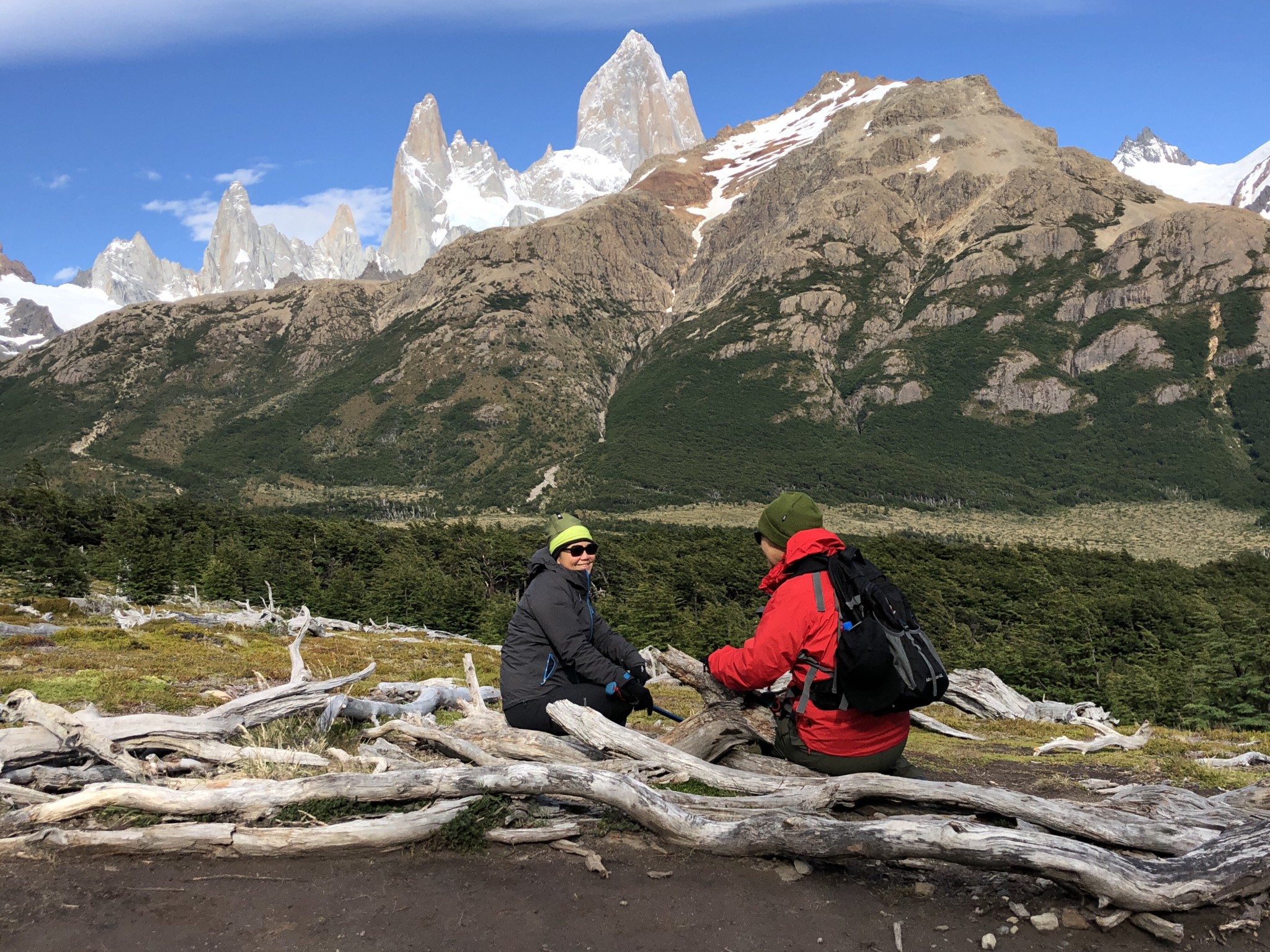

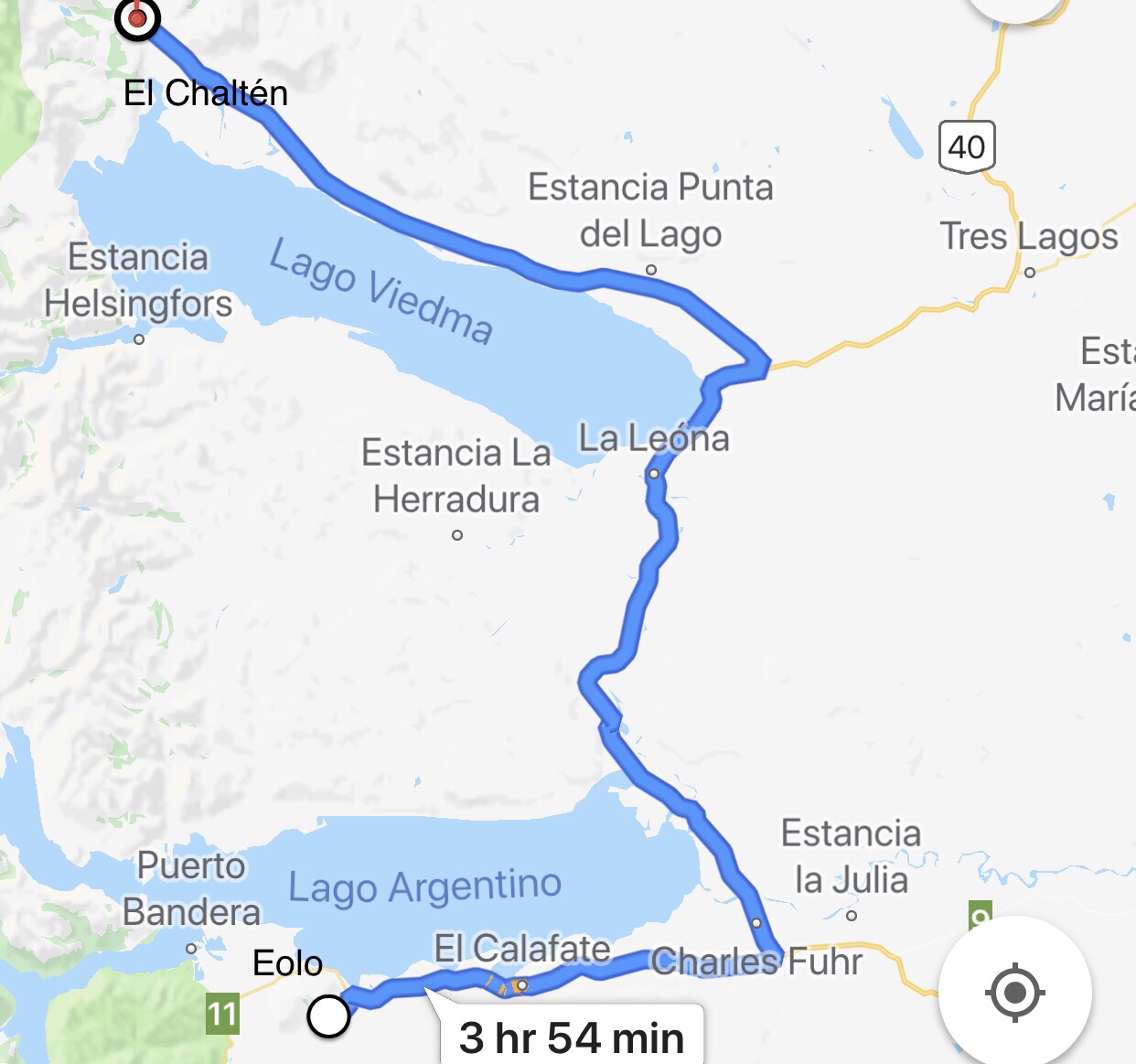
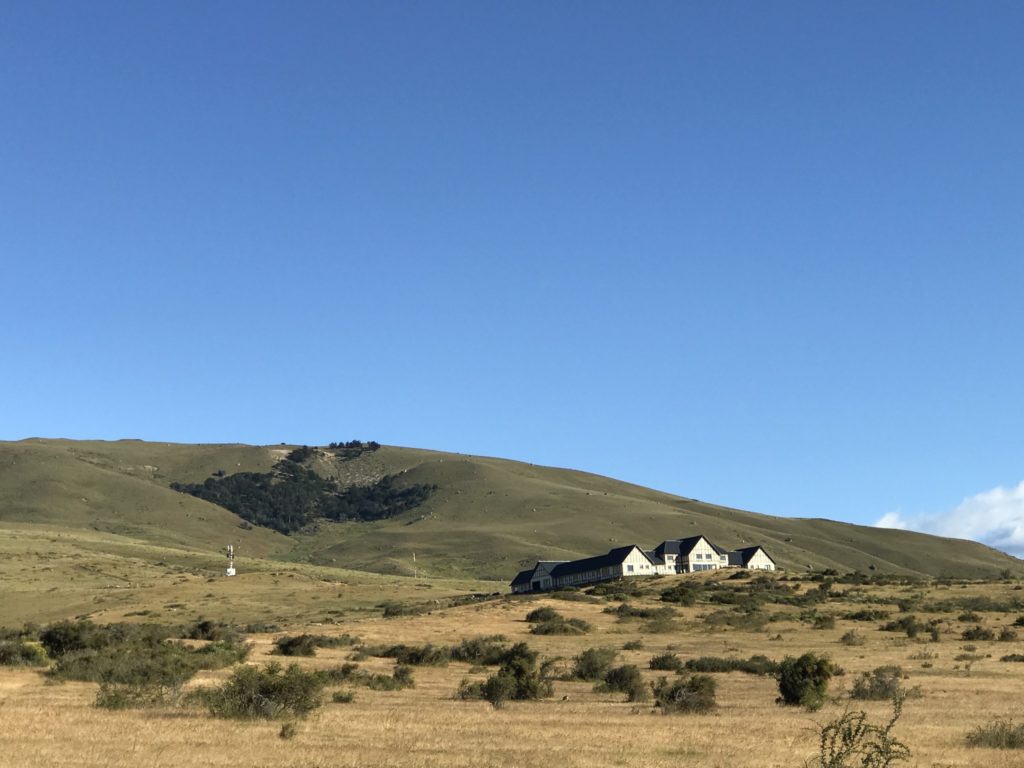
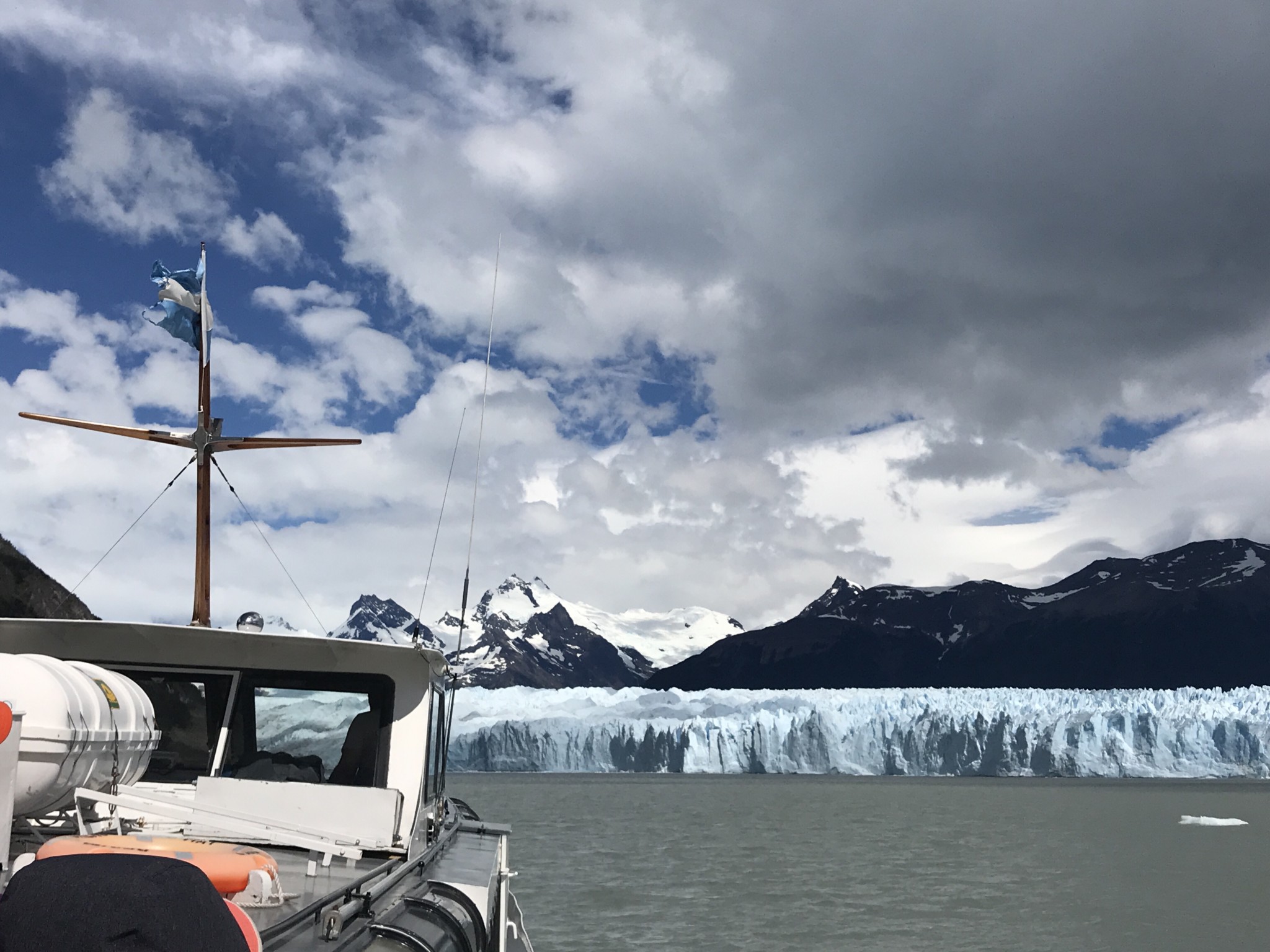
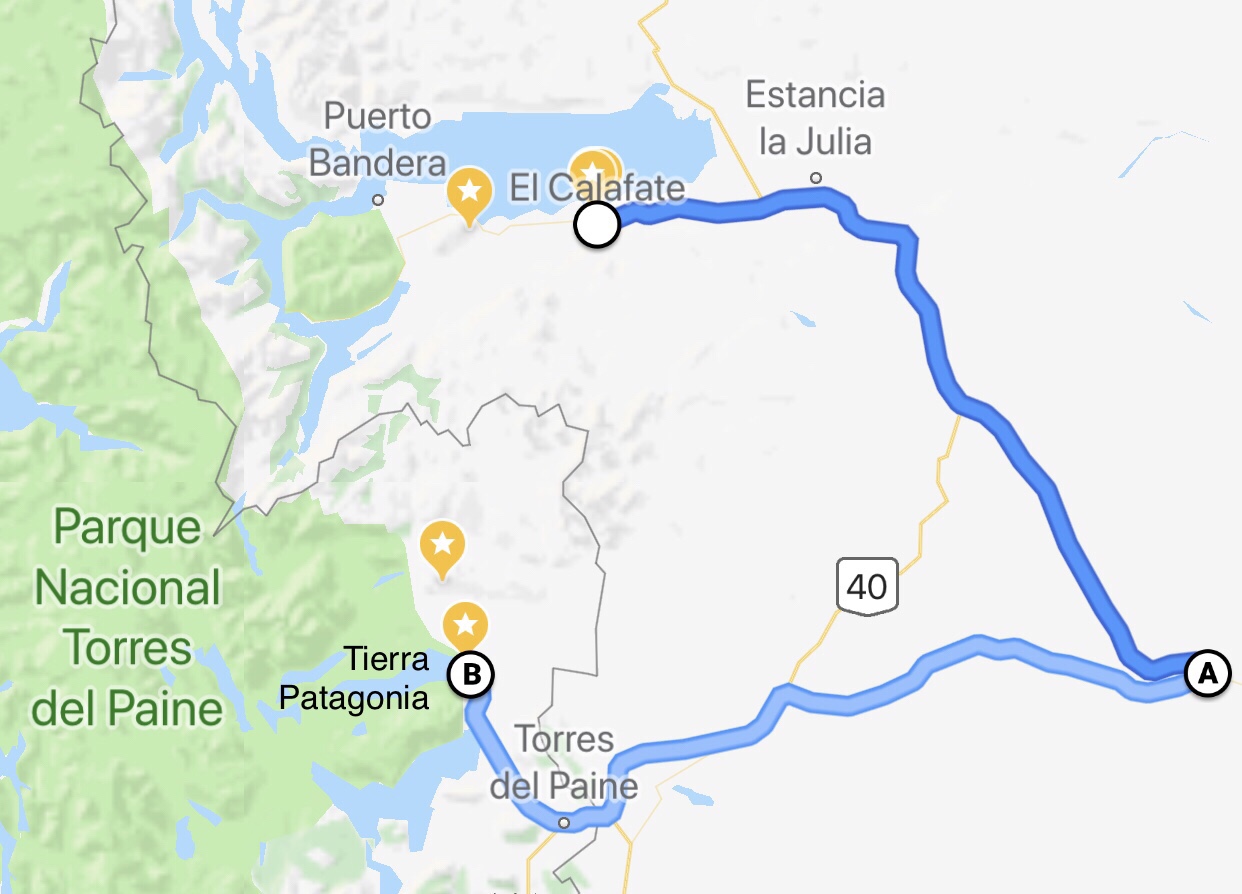
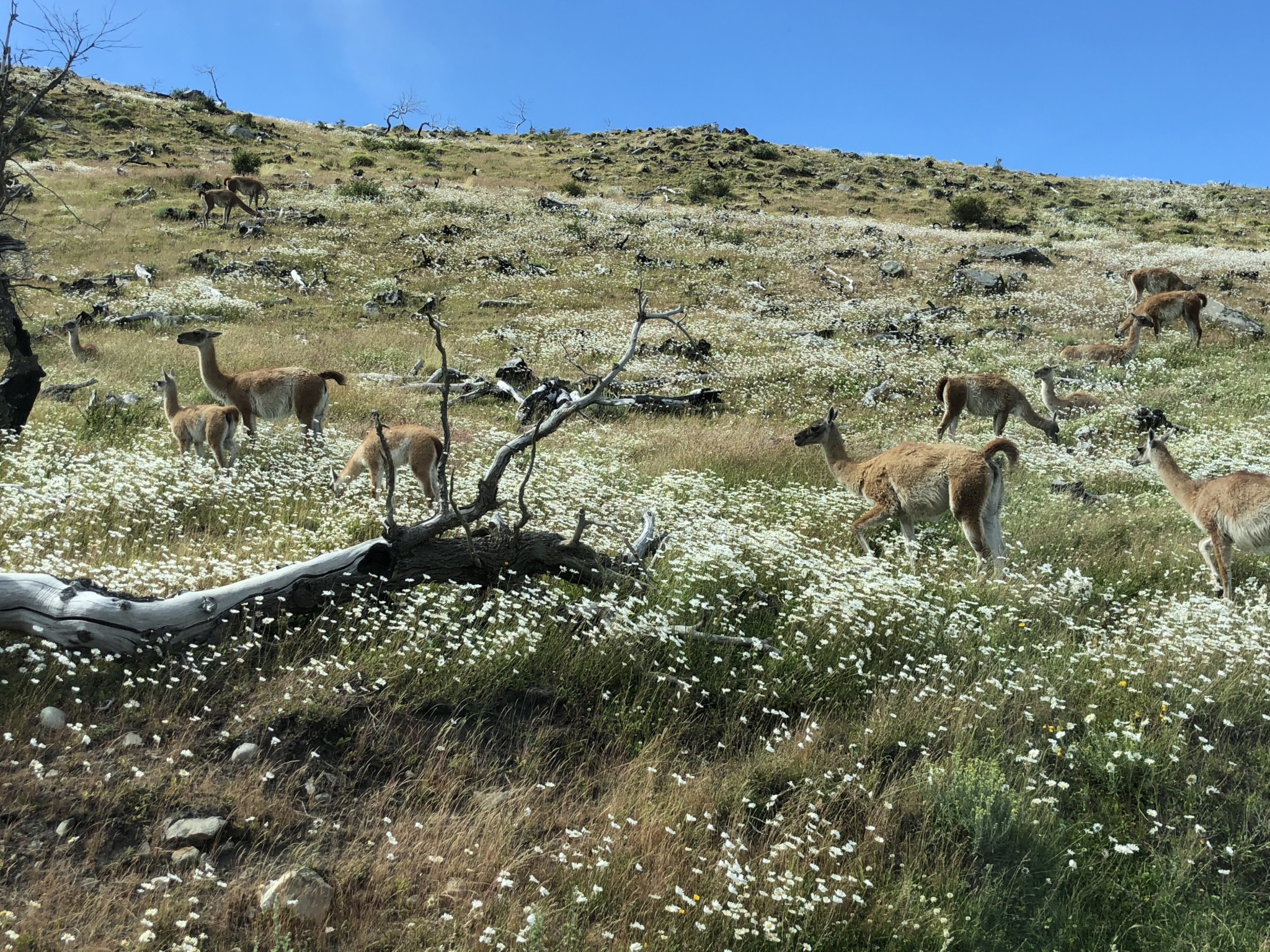

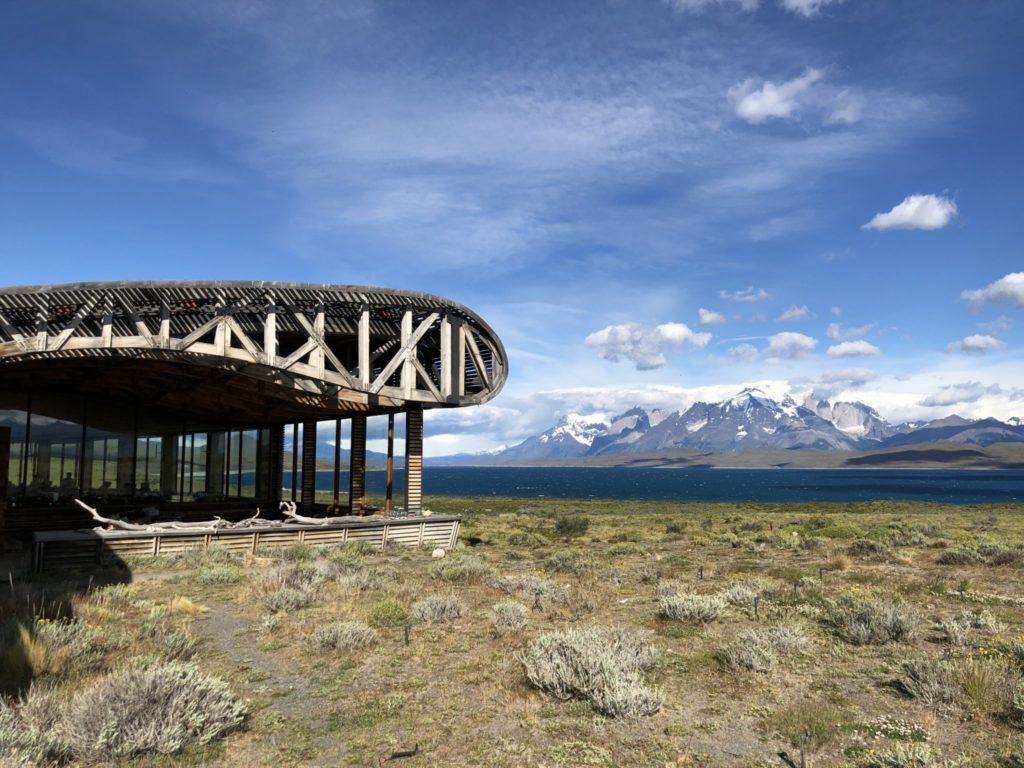
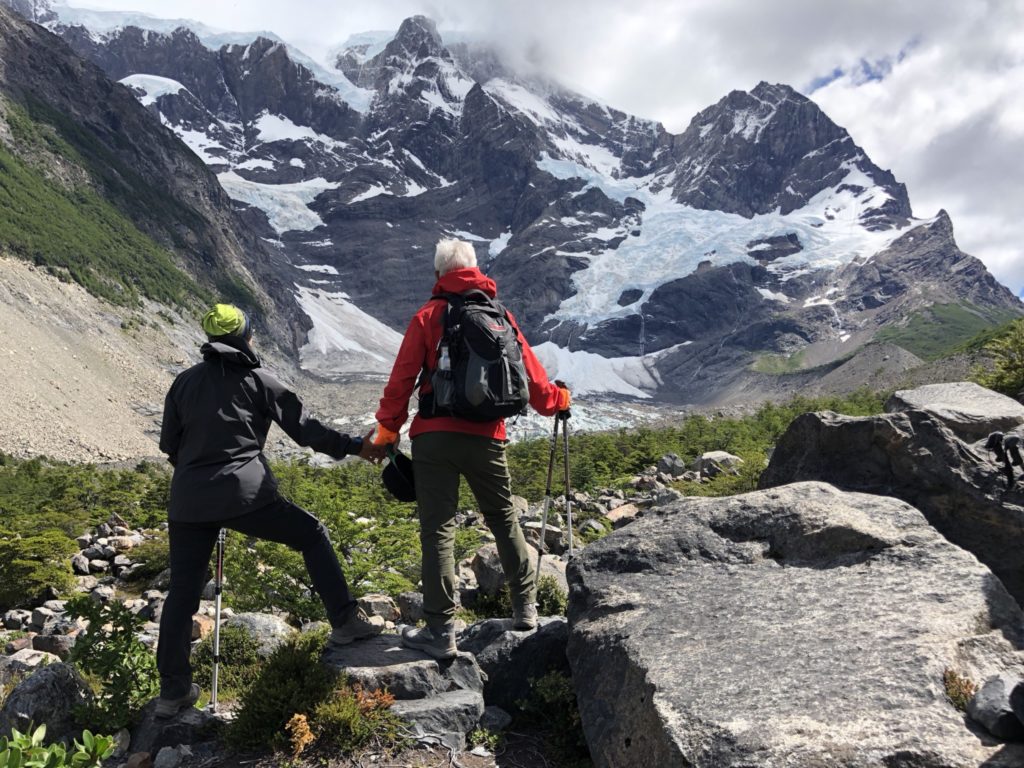
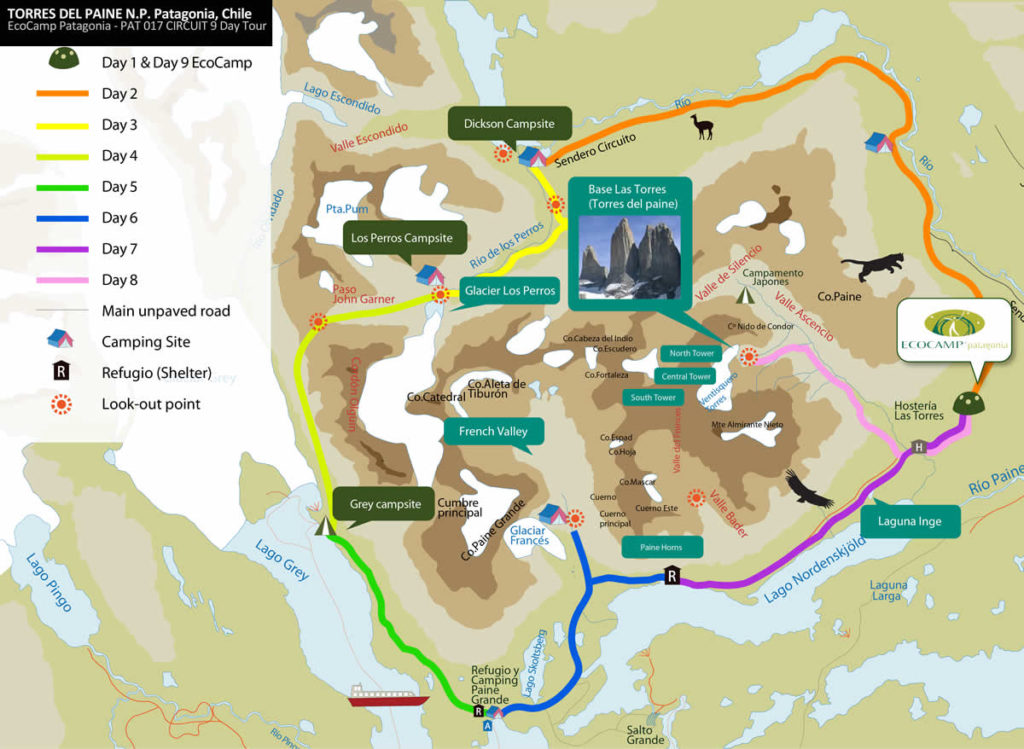
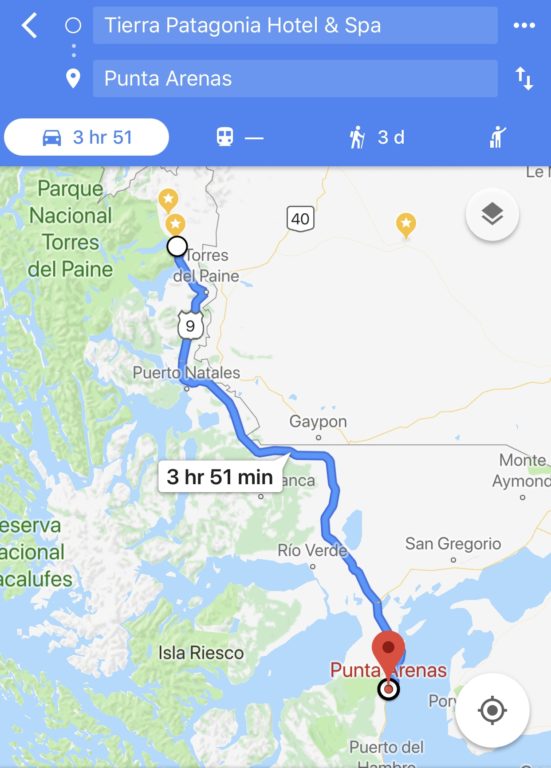

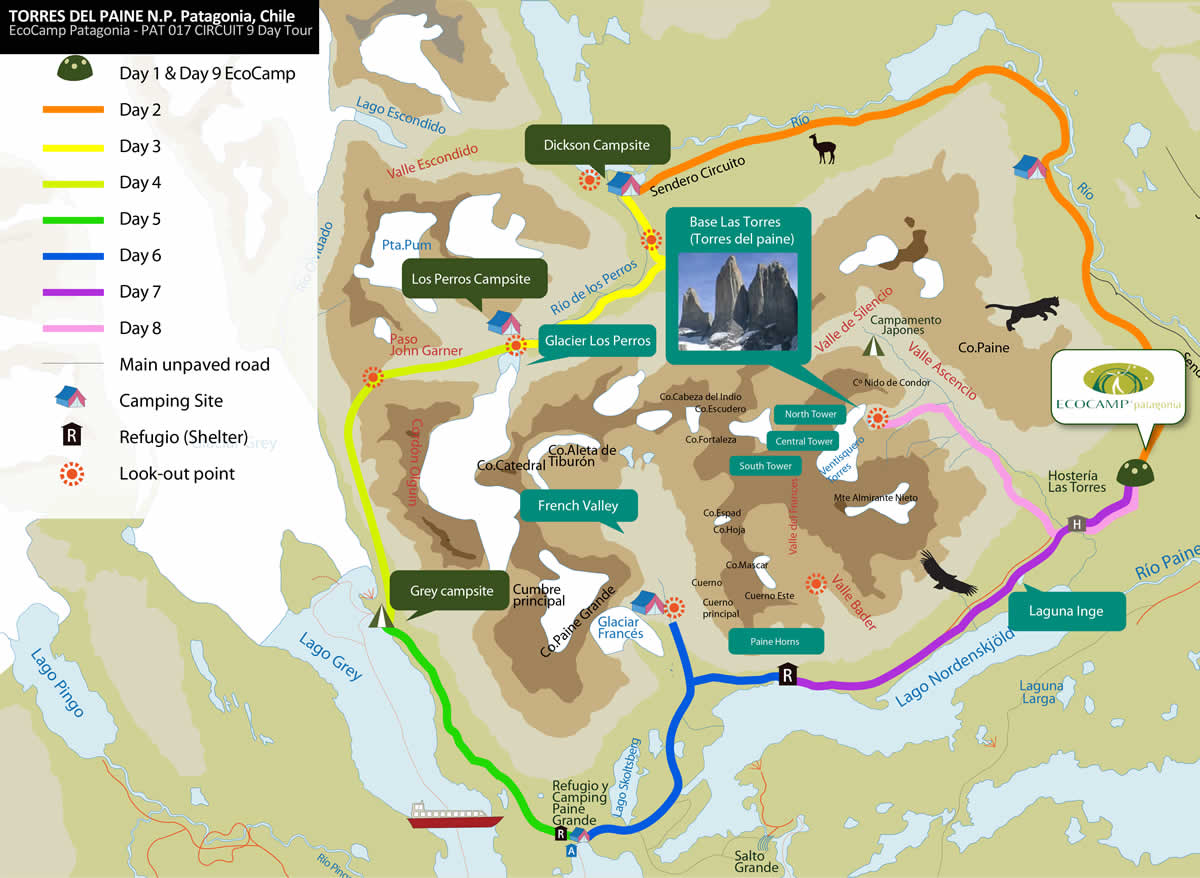
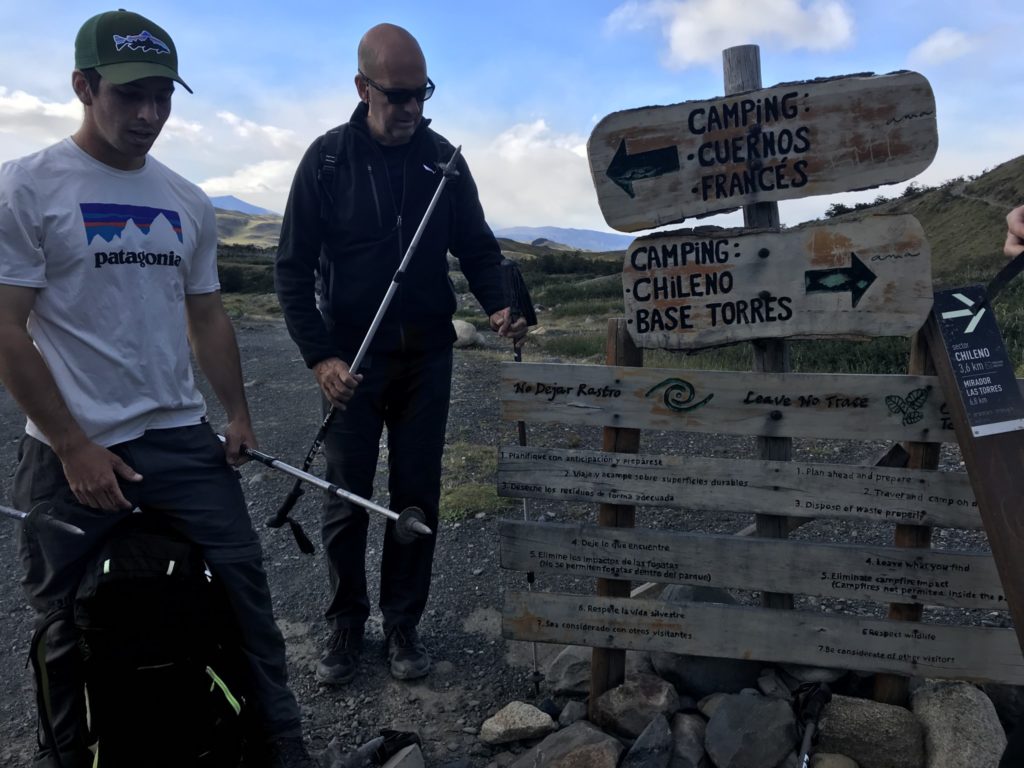 Trail head, near Hosteria Los Torres[/caption]
Trail head, near Hosteria Los Torres[/caption]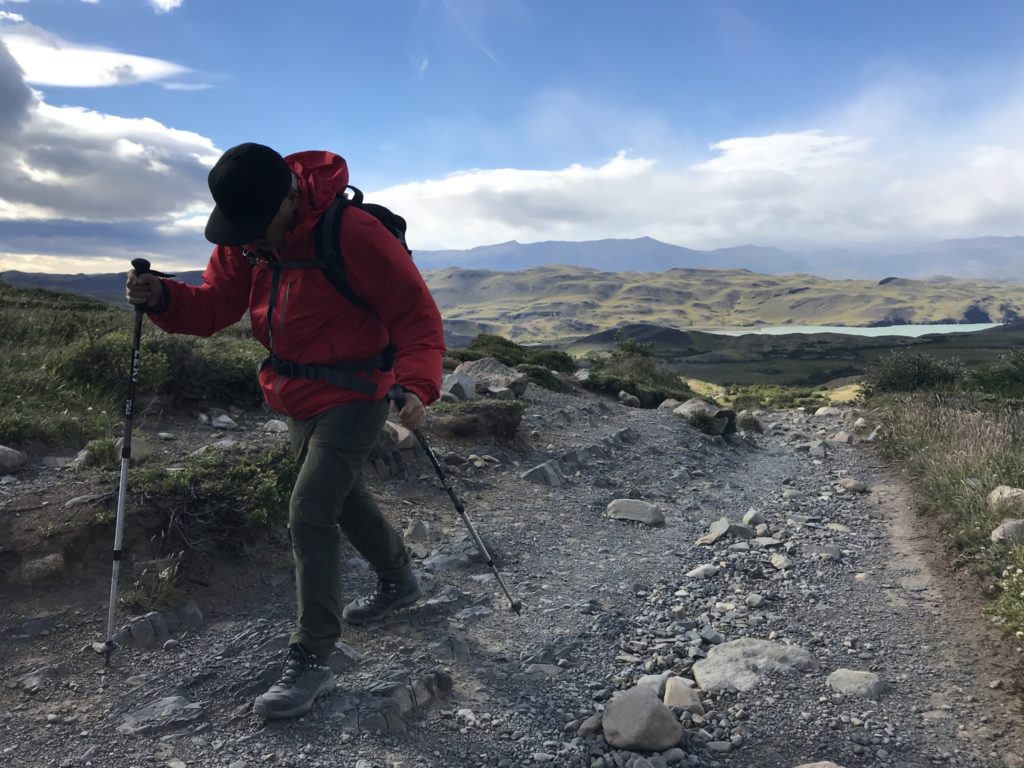 A steep climb up the valley[/caption]
A steep climb up the valley[/caption]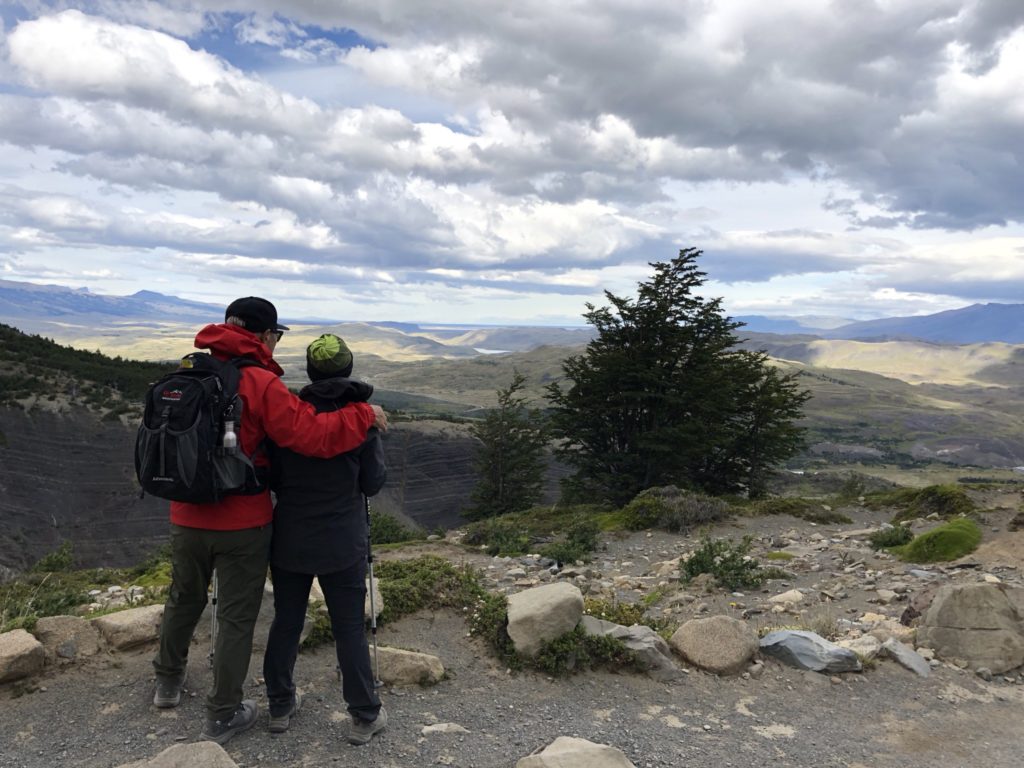
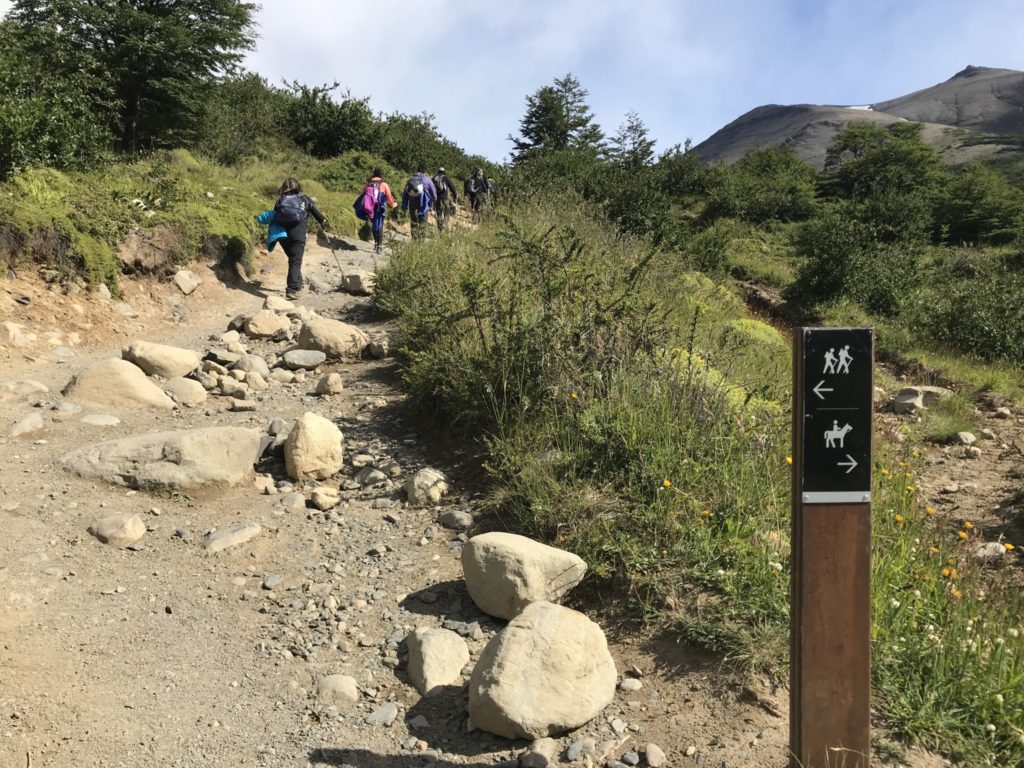
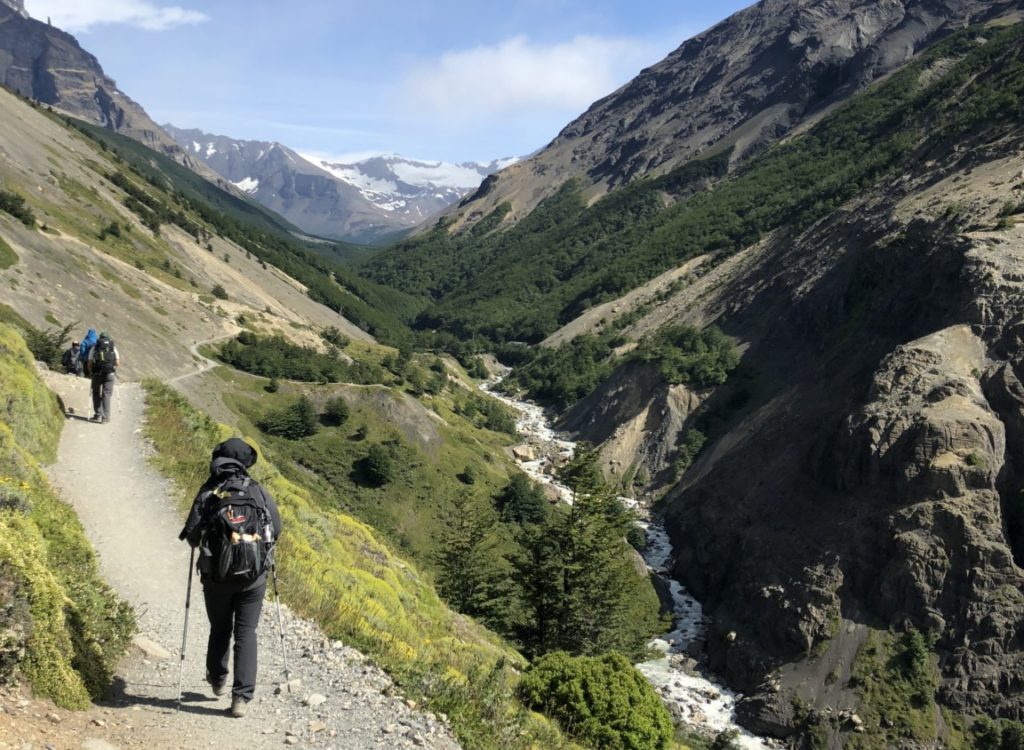
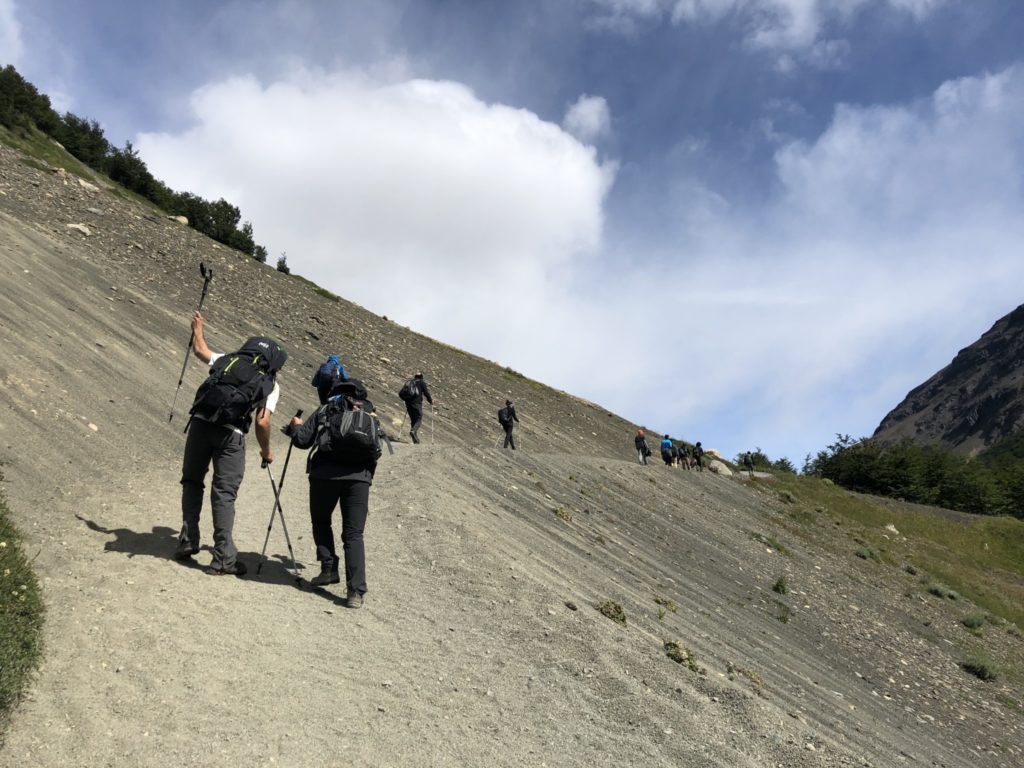
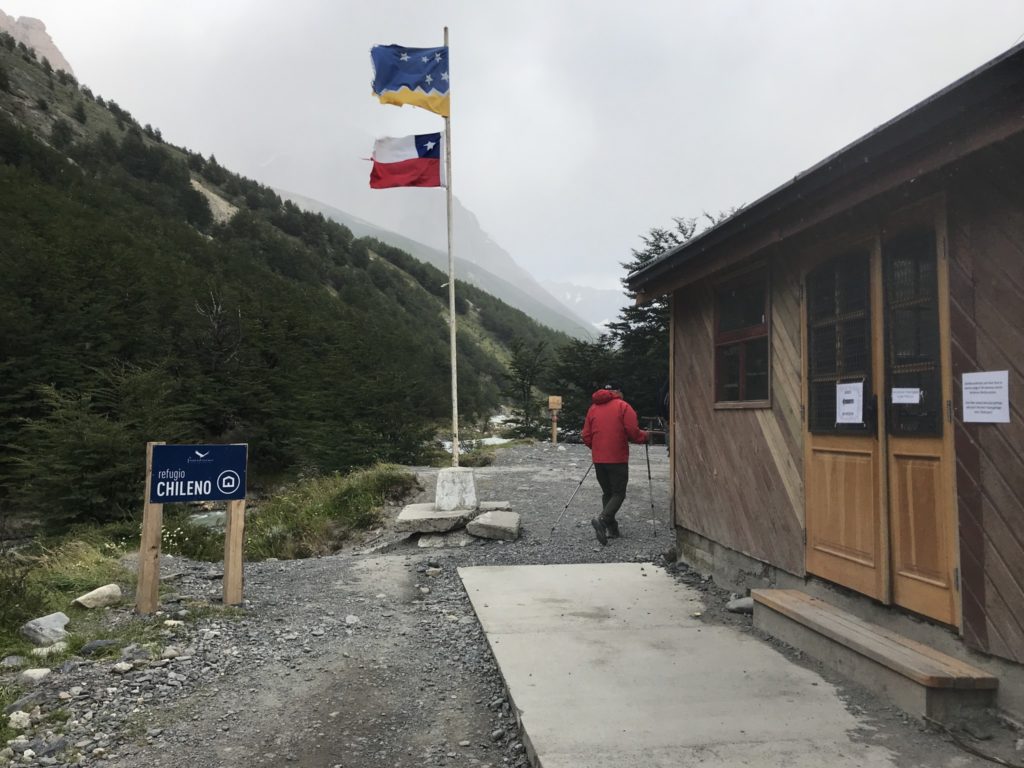
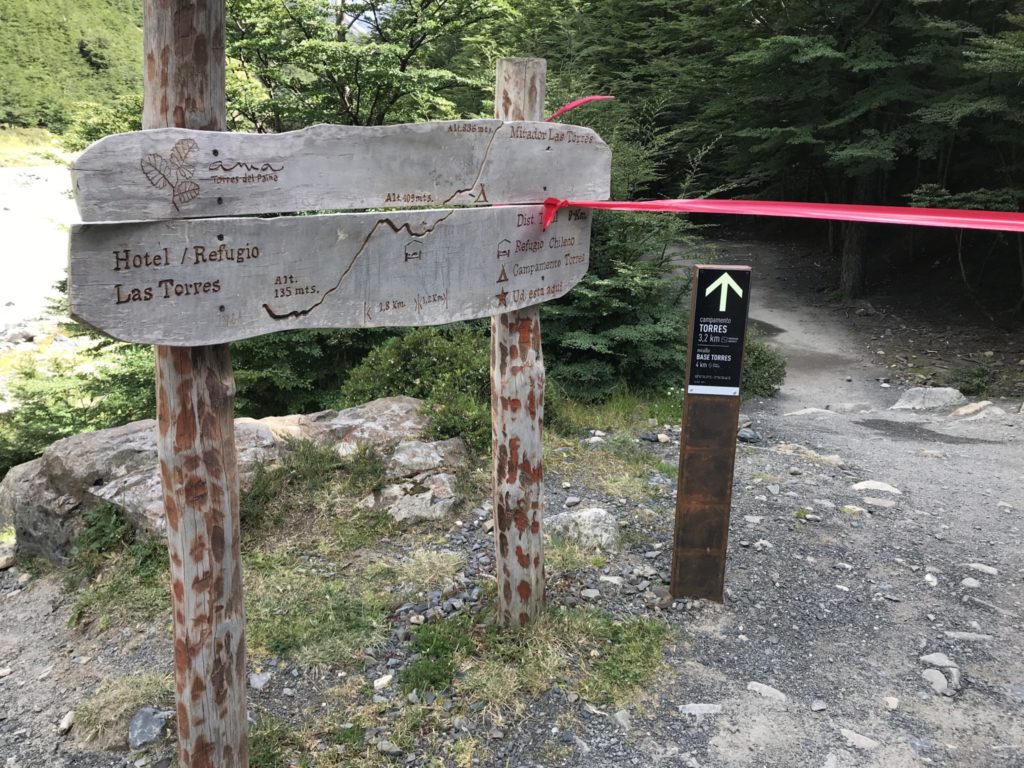
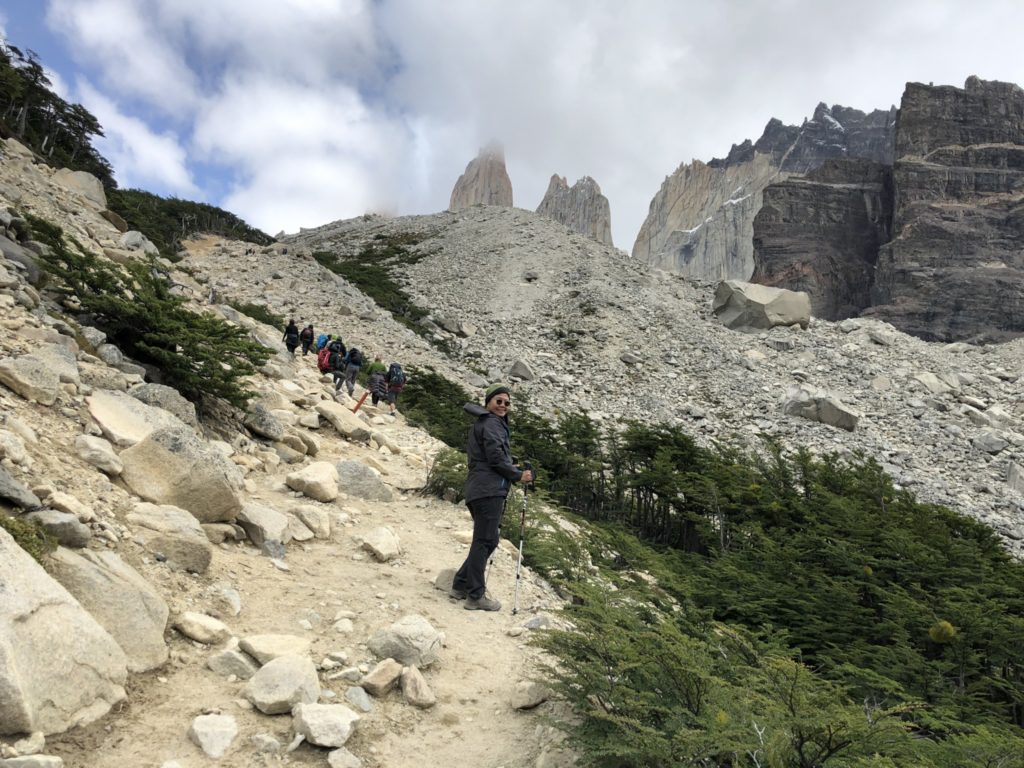
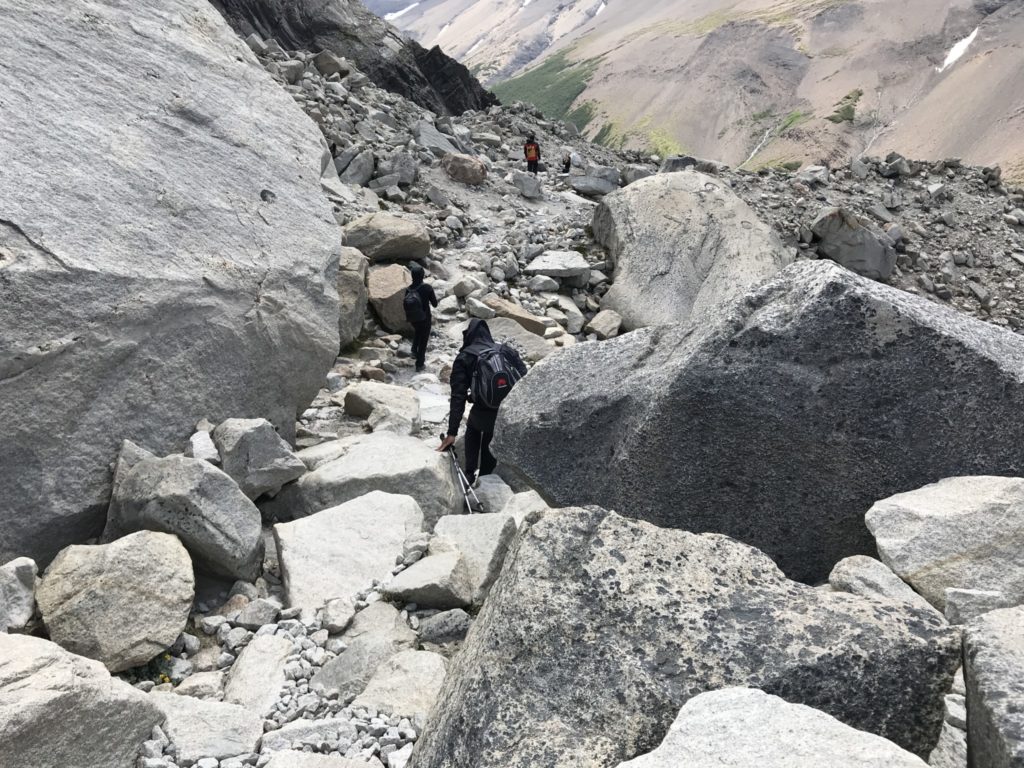
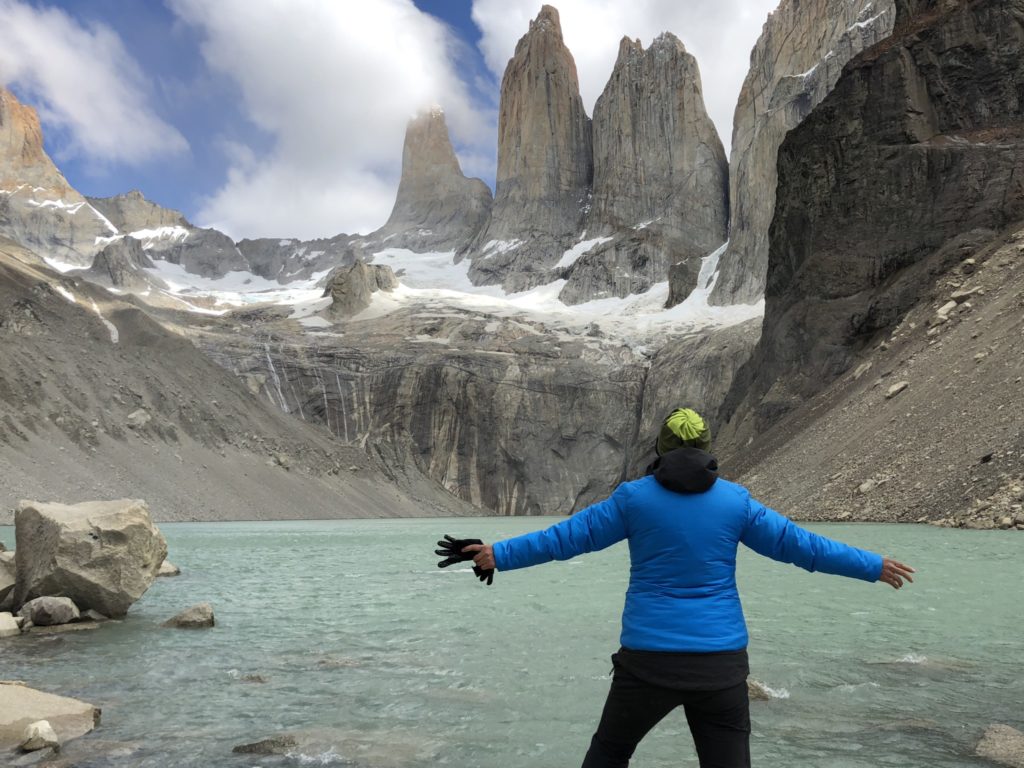
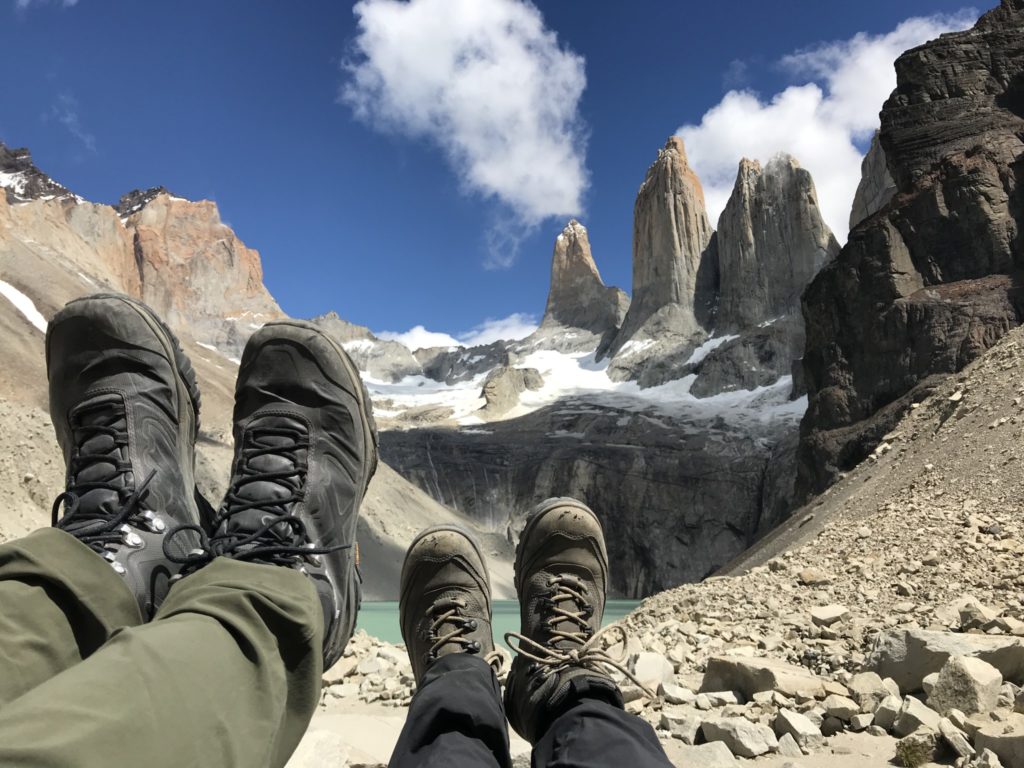
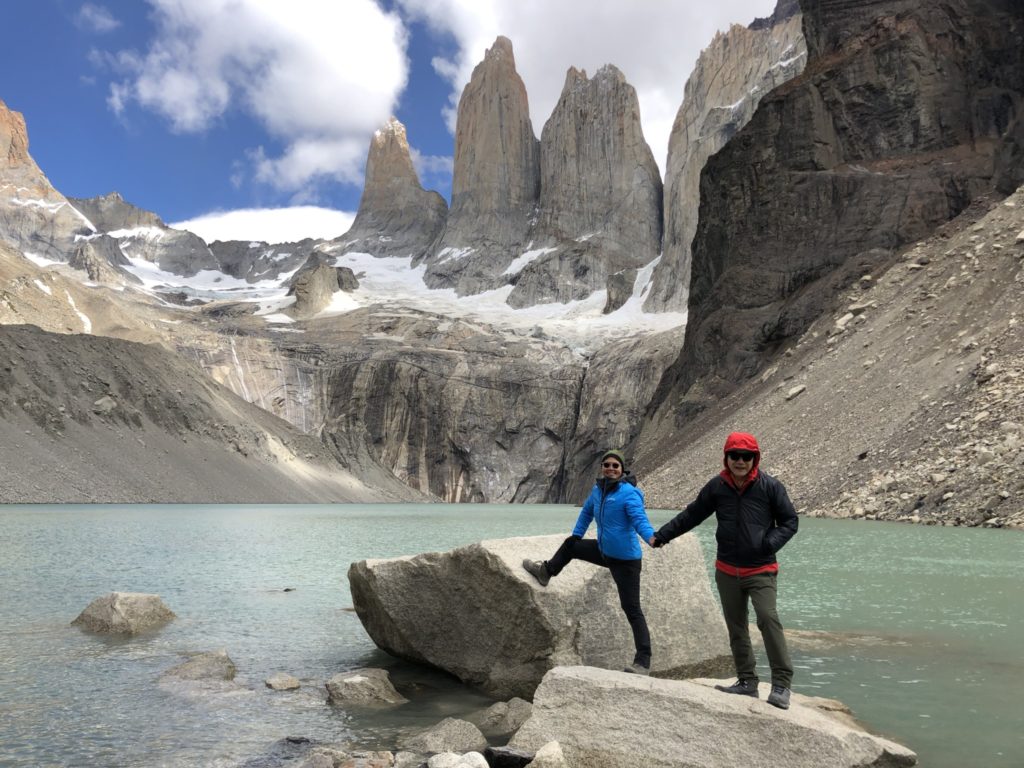
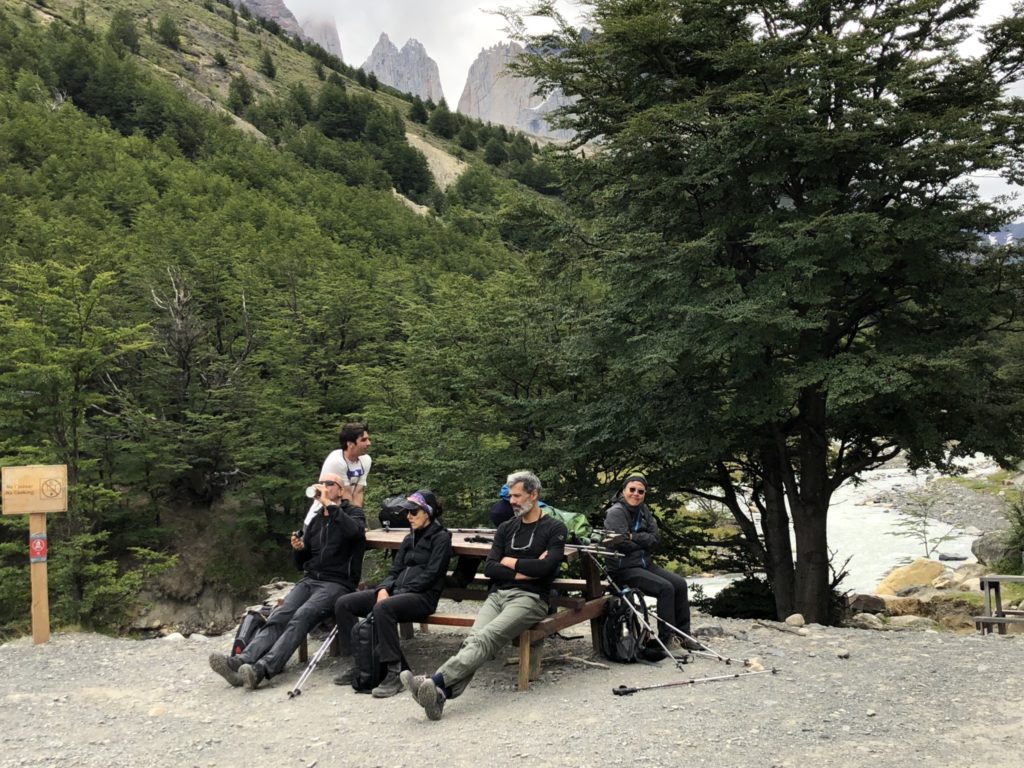
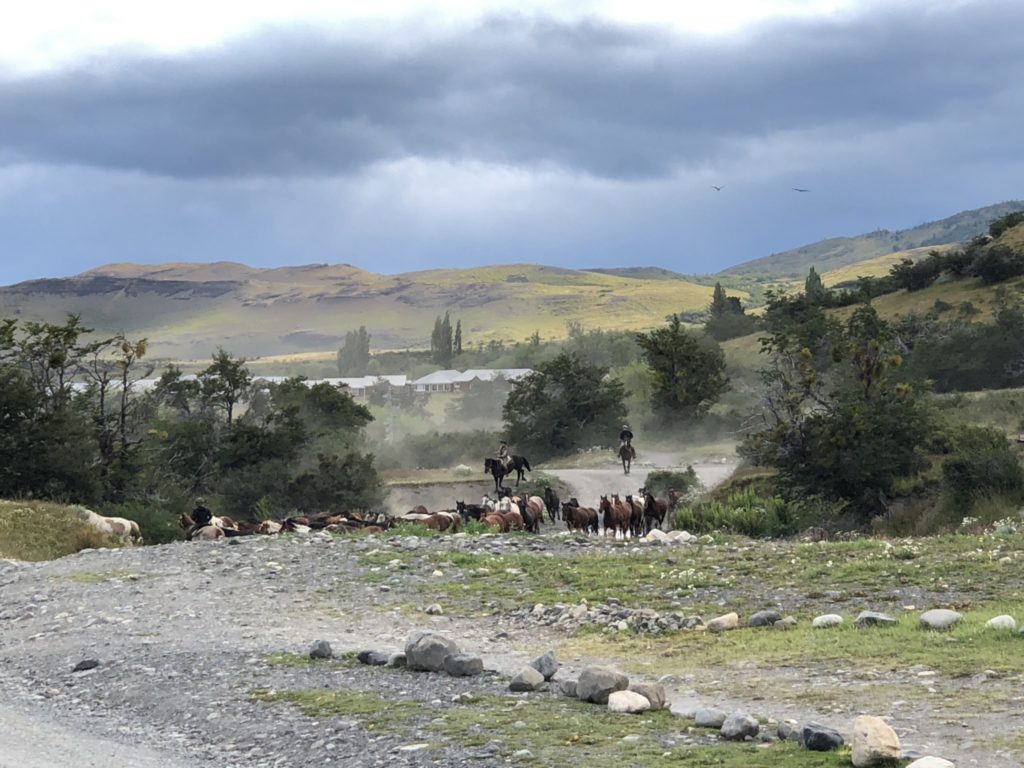
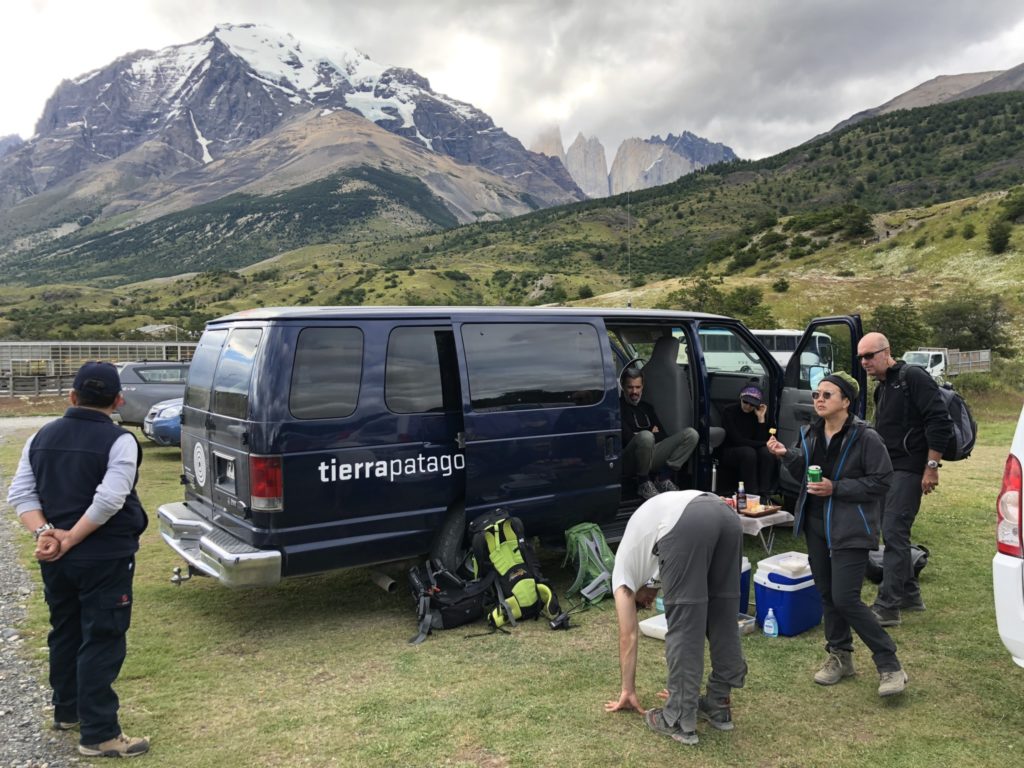
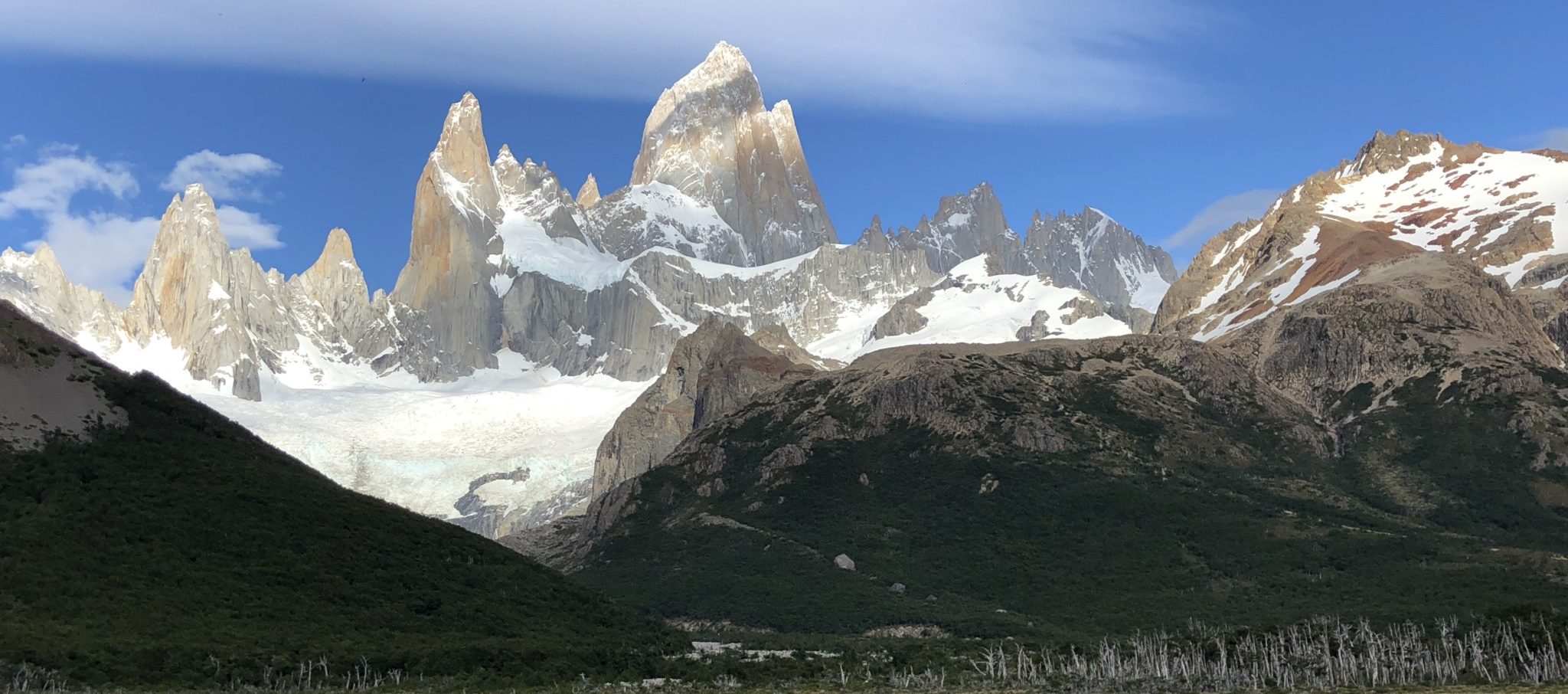
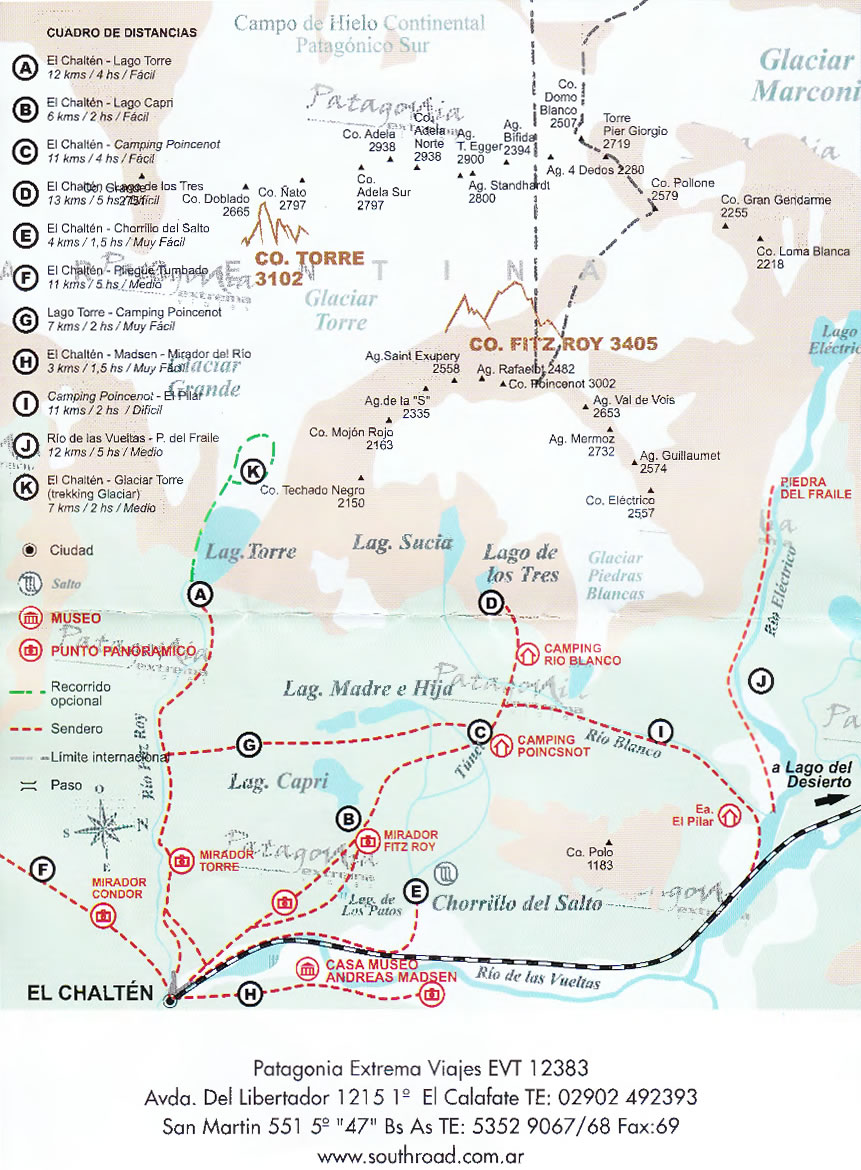 We took the second option, hired a car to take us to Hostería El Pilar, where we started walking along the Rio Blanco river. Did I mention that we hiked in the dark? Having done a night hike at Mt Yushan in Taiwan, we thought it might be good to catch sunrise on Mt Fitz Roy. We started hiking at 3am and walked in the dark for 2 hours till we got to Poincenot Lookout , then a bit further through Camp Poincenot to Lago Madre e Hijo (the mother and daughter lakes)
We took the second option, hired a car to take us to Hostería El Pilar, where we started walking along the Rio Blanco river. Did I mention that we hiked in the dark? Having done a night hike at Mt Yushan in Taiwan, we thought it might be good to catch sunrise on Mt Fitz Roy. We started hiking at 3am and walked in the dark for 2 hours till we got to Poincenot Lookout , then a bit further through Camp Poincenot to Lago Madre e Hijo (the mother and daughter lakes)





